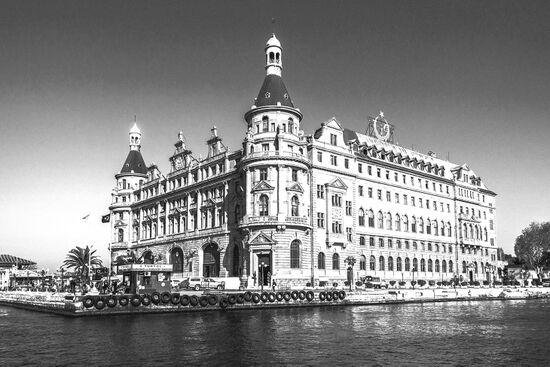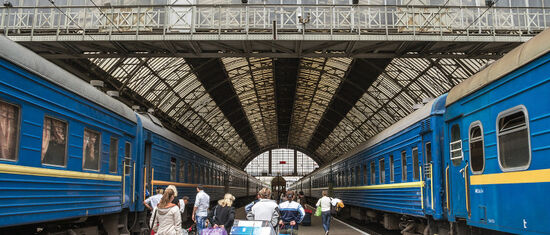The COVID interregnum has curtailed our travel horizons. But it has also sparked our imagination. Who has not, over this last year or more, engaged in some form of vicarious or virtual travel? We, like many hidden europe readers, have sketched out the journeys we would like to be making, probably tucking such plans away in that part of our mind labelled ‘future forays’. We know too, from correspondence with our readers, that many have been thinking of past journeys. Join us now, as we step back half a century, and imagine what might have been the travel highlights of the summer of 1971.
That summer 50 years ago, Intel released the first commercially available microprocessor; it was a technical milestone the historic significance of which was surely entirely missed by most people at the time. Meanwhile Britain was busy at the negotiating table in Brussels, keen to secure access to the European Union. Dutch team Ajax had beaten Greek rivals Panathinaikos at Wembley to take the European Cup. Greece, Spain and Portugal all laboured under dictatorships. In a slight easing of Cold War tensions, talks were underway over the future status of West Berlin as an outpost of western influence. Most importantly, the Interrail scheme did not yet exist; that came only in 1972. But the mere fact that Interrail didn’t exist may well have inspired some travellers to look further afield as they explored summer travel options.
In England, prior to the summer parliamentary recess, the House of Commons had debated the idea of the Channel Tunnel. Meanwhile, in the absence of any tunnel, the night trains still left London’s Victoria station every evening, carrying Wagons-Lits sleeping cars bound for Paris and Brussels. The sleepers were shipped on a ferry from Dover to Dunkerque.
So, what sort of journeys were travellers planning for the summer months of 1971? Let’s climb aboard the time machine and discover some of the journeys on offer half a century ago.
Eastern connections
On the station concourse, there is a rich smell of Turkish coffee. A number of shopkeepers are eager to tempt customers. One shop has a large sign promoting shirts made out of Terylene, the artificial fibre which in 1971 was already falling out of fashion in western Europe. But here in Turkey, the idea of a shirt which never needs ironing still evidently commanded a certain appeal — especially if you were planning on spending many days on a train.
The adjacent shop sells watches. It is called Saatleri, the Turkish word for hours. In a script that matches the shop sign, we can read the word Longines — a Swiss brand of watches which fifty years ago possibly had some following amid an affluent Turkish clientele.



